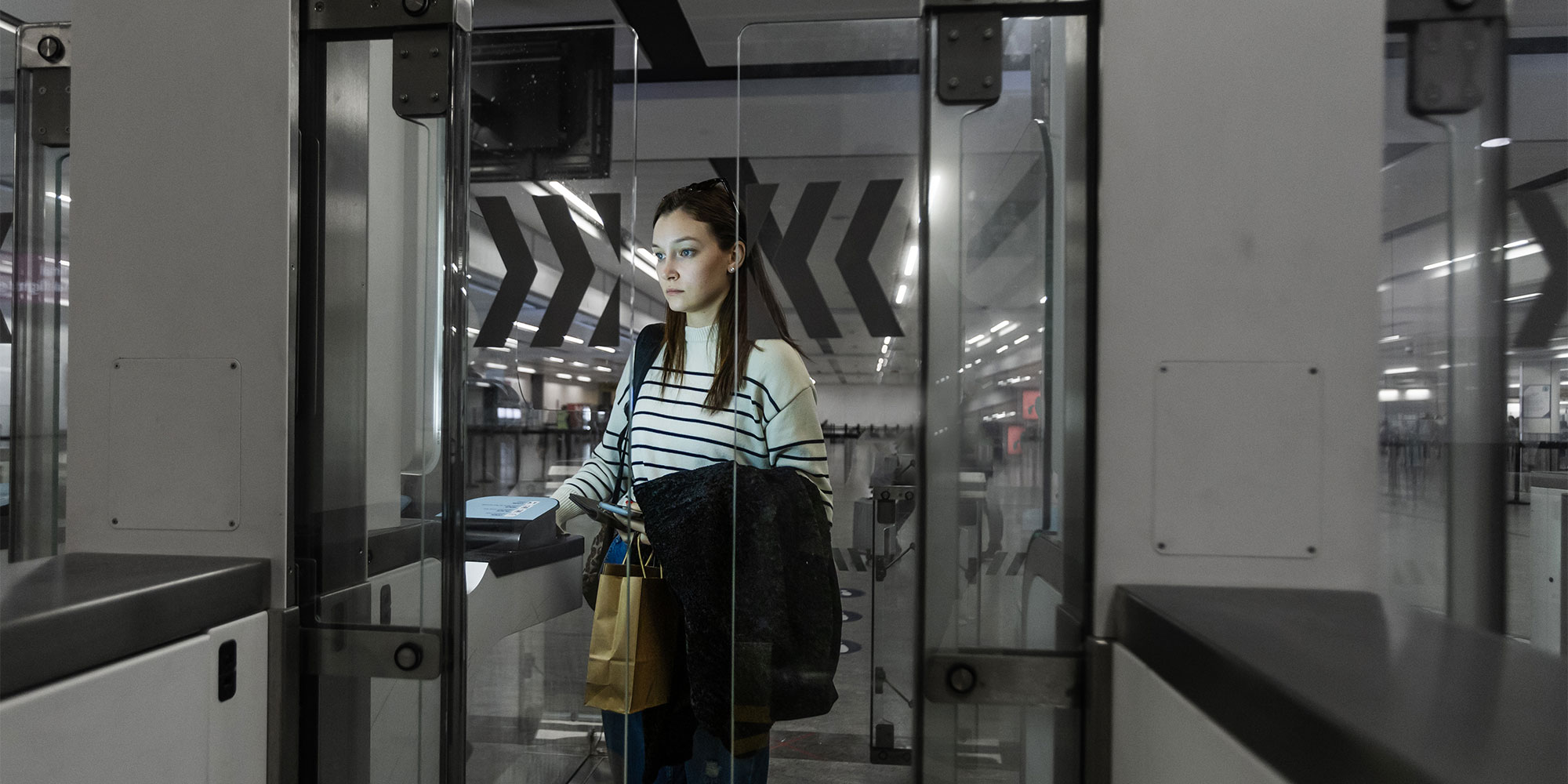
Get a year of super-useful advice
Who to book with, how to get the best deals plus inspiring destination ideas from the experts, for only £36.75 for the year – that’s 25% off.
Join Which? TravelOffer ends 8th January 2026

Which? writers have now visited several EU airports with the technology for fingerprinting passengers – and the news is not good.
In Gran Canaria, our writer reported that some travellers almost came to blows with border guards after realising that delays caused by faulty scanners meant they’d miss their return flights.
There have been complaints on social media about long delays at Alicante, Malaga, Prague, Düsseldorf and Paris Charles de Gaulle airports.
At many airports we visited, the new system was not yet in place – but there are concerns about how it will cope when it becomes mandatory across Europe from April next year.
On 12 October, Europe introduced EES – the Entry/Exit System.
This means that, eventually, all third-party nationals arriving in Schengen countries (that’s most of the European Union, plus Iceland, Norway, Liechtenstein and Switzerland) will have to be fingerprinted and photographed.
However, it’s being rolled out over six months; all ports and airports have to implement it by 10 April 2026.
Which? content lead Jake Massey visited Gran Canaria shortly after the new system was introduced.
He says that on arrival at the airport in the Canaries, EU passport holders were able to use a separate, faster queue, but most UK passengers had to join queues for four gates with the new scanners.
Queues were initially short, with not many flights arriving, but ‘it felt like each person took about five minutes to get through’. Halfway through, they shut two of the gates that weren’t working, sending Jake to the back of the line.
In the end, staff told him to join a different queue to have his passport checked manually.
On the way back, Jake thought he’d have plenty of time, as his flight was delayed. But after passing through security at Gran Canaria airport, he got a shock.
‘The queue for passport control was wrapping around numerous times, like a line at a theme park,' he said.
‘It was pure chaos. The EU queue just whittled down normally, but the queue for UK passport holders was moving at a snail’s pace. It must have taken about 45 minutes to get to the part of the queue where I could see the gates.
‘Then it was havoc. One of the flights made a last call, and people started pushing to the front. I was literally watching people getting pushed back by airport security as they were trying to push past. They were pointing at the EU queue, saying ‘I need to catch my flight – just let me go over there!’. And security said ‘No, not only can you not go over there – now you need to go to the back of the queue.’ There were people shouting and crying.
‘When I finally got to the front of the queue, they sent us to the manual passport check. About three quarters of this enormous queue ended up doing that.
'I always expect the chance of a long wait to get through passport control, but there was no indication that it was going to be that bad. Until they released the gates, it felt like the crowd was ready to erupt. It was a big relief when they gave up on the new gates, but I'm certain a lot of people missed their flight.’
For more inspiring destination ideas and unbiased travel advice and recommendations, subscribe to Which? Travel

Who to book with, how to get the best deals plus inspiring destination ideas from the experts, for only £36.75 for the year – that’s 25% off.
Join Which? TravelOffer ends 8th January 2026
Since 12 October, when the new system was introduced, Which? writers have visited airports at Amsterdam, Alicante, Barcelona, Croatia, Gran Canaria, Lanzarote and Vienna.
The only other airports we visited where the system was in place at the time were Split in Croatia and Vienna in Austria. Alicante introduced the system shortly after our flight, and it’s gradually being rolled out at other airports.
Content editor Victoria Purcell arrived in Split before the system was introduced, but was caught by it on the way back.
She says it took her about three minutes to use the scanner at Split Airport, but it was galling to watch other passengers with EU passports ‘sailing through’.
‘There was an elderly chap in a wheelchair in front of me, and it took a few goes to scan his fingerprints, so he took a bit longer, probably five minutes.’
She also says she got through more quickly than her partner, because it took longer to take his picture. He said: ‘I had to squat down because I was too tall.’
Her queue was short, as she was travelling outside of peak times, but she was concerned about how queues could build up at Christmas and during other holidays.
Some travellers have reported that the automated kiosks ask whether you have a return ticket, travel insurance, a place to stay and enough money to support yourself.
Which? Money deputy editor Sam Richardson passed through Vienna Airport in early November, but he says he wasn't asked any questions. He was just required to provide fingerprints and a photograph.
We’ve asked the European Commission what happens if you respond ‘no’ to any of the machine’s questions, but it hasn't replied. It’s possible that you’d then be interviewed by a border guard to assess whether you could enter the Schengen zone.
It seems likely. In Alicante and Malaga in Spain, travellers have posted videos of queues flowing out of the doors even in early November.
A few days before the system was introduced, we asked a border guard in Alicante when it would be ready, and he laughed and said ‘Nunca! Es fatal, tiene muchos problemas’ (Never! It’s terrible, it has a lot of problems’.)
We put this to the Spanish Ministry responsible, but it told us it had not seen any significant problems.
The biggest test may be in Easter 2026, when the Entry/Exit System should be operating everywhere – or summer 2026, when travel peaks.